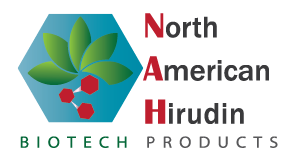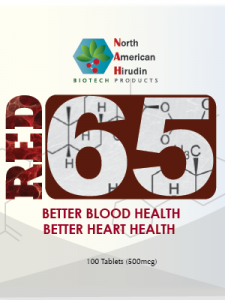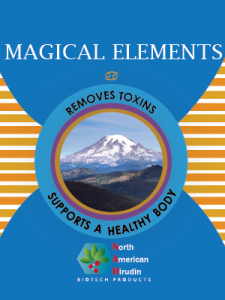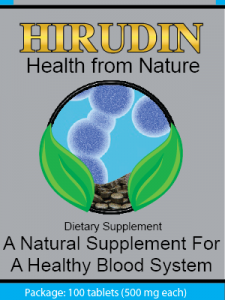The typical human body contains 50% to 70% water. It is contained in every cell in the human body. It is a critical component of your daily diet, with recommendations of 8 to 10 glasses of water consumed every day. It is critical to normal hydration at the cellular level. With all that water being consumed, do you know what else is coming into your body with that water?
Tap water is loaded with toxins. Some studies have found over 300 pollutants in tap water (http://www.ewg.org/tap-water/home). These contaminants include industrial chemicals and prescription and over the counter drugs.
Chemical pollutants come from a variety of sources:
- Farm waste – pesticides, fertilizer and sediment
- Urban development – sewage and urban runoff
- Industrial and manufacturing plants – industrial chemicals
- Water treatment – water treatment and distribution byproducts
- Development and deforestation – natural processes that produce more contamination
For a full list of the over 200 unregulated chemicals found in tap water, go here: http://www.ewg.org/tap-water/chemical-contaminants
Medications – Common drugs found in water include antibiotics, anti-depressants, birth control pills, seizure medication, cancer treatments, pain killers, tranquilizers and cholesterol-lowering medications.
Even though municipal water that comes out of the faucets has been treated, processed and disinfected, it is purified with chlorine – one of the byproducts from using chlorine in drinking water is linked to cancer.
Blood cleansing is an obvious way to remove these toxins from your bloodstream, but there are other ways to reduce your consumption of chemicals.
Natural mineral rich water
This water has essential minerals and nutrients like magnesium, potassium, and sodium. It should contain at least 250 parts per million (ppm) of dissolved solids, including minerals and trace elements.
- Well water is pumped from a hole drilled in the ground that taps into a water source.
- Natural spring water flows up from a natural spring – Bottled at the source.
- Artesian or spring waters come from a natural source – Typically purified and bottled offsite.
Mineral poor water
This water is clean, but lacks essential minerals which can lead to mineral deficiency complications like insulin resistance, migraines, high blood pressure, constipation and heart beat irregularities.
- Distilled water is vaporized and collected, leaving behind any solid residues, including minerals. Distilled water has no minerals in it at all.
- Reverse osmosis water is forced through membranes to remove larger particles, pollutants and minerals. It is usually acidic.
- Deionized water has had ionized impurities and minerals removed from it but not bacteria or pathogens.
Bottled water from any of the above sources adds a danger that you might not expect. Dangerous toxins from the plastic itself can leach into the water. National brands like Dasani and Aquafina are just cleaned-up city water that may still carry many of the dangerous chemicals you’re trying to avoid in the first place.
Filters
If mineral rich water is not available to you, your next best option is a home filter.
- Absolute 1 micron filtration – this system removes any particles that are larger than 1 micron in size, but leaves minerals in the water.
- Ozonation – used by bottled water companies instead of chlorine to eliminate bacteria and does not change the mineral content of the water.
- Pour through filter (like Brita) – cleans up the water, removes chlorine and improves the taste, but also remove minerals.
- Faucet attached filter (like Pur) – cleans up the water, removes chlorine and improves the taste, but also remove minerals.
When using a filtration system that removes minerals, you can add them back to your system by using a mineral supplement. A mineral deficiency is not only unpleasant to experience, but can also be life-threatening.







